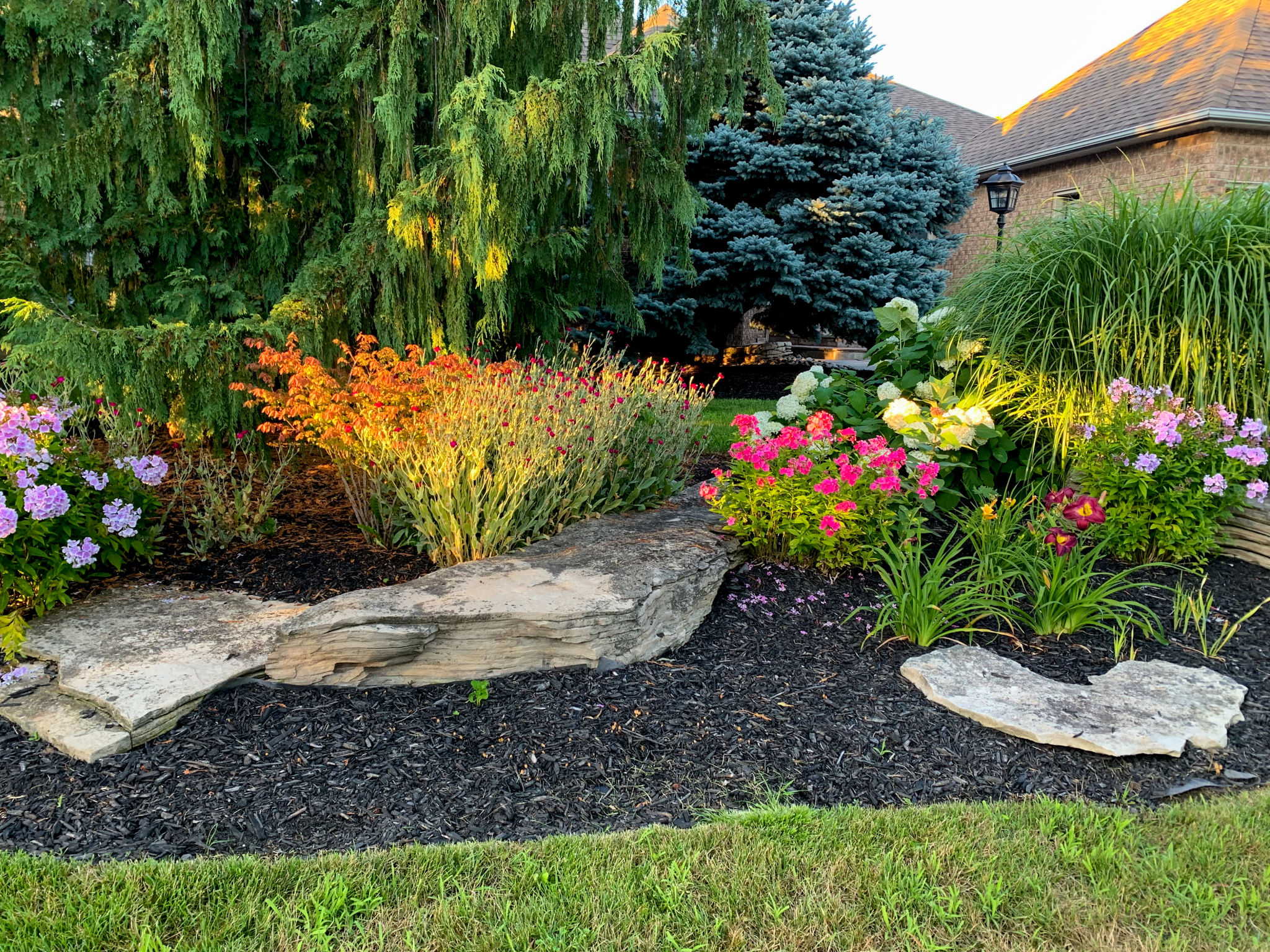Expert Insights: The Role of Cinder in Hawaii Landscaping
Understanding Cinder in Hawaiian Landscaping
Hawaii's unique volcanic landscape provides an abundance of cinder, a lightweight, porous material that plays a significant role in local landscaping. Cinder is not only aesthetically pleasing but also offers practical benefits. From enhancing soil drainage to providing a vibrant contrast to lush greenery, it has become a staple in the islands' outdoor designs.
Cinder, often referred to as volcanic rock or lava rock, is formed from cooled volcanic lava. Due to its volcanic origin, it is abundant in Hawaii, making it an affordable and accessible option for landscapers. Beyond cost-effectiveness, cinder offers distinct advantages that make it a preferred choice for many landscaping projects.

The Practical Benefits of Using Cinder
Improved Drainage
One of the primary advantages of using cinder in landscaping is its ability to improve soil drainage. The porous nature of cinder ensures excess water is efficiently drained away, preventing waterlogging and promoting healthier plant growth. This is particularly beneficial in Hawaii's tropical climate, where heavy rainfall can be frequent.
Soil Aeration
Cinder also aids in soil aeration. Its structure allows for air circulation within the soil, which is crucial for root health and nutrient absorption. By improving aeration, cinder contributes to robust plant growth and resilience against diseases.
Temperature Regulation
The thermal properties of cinder help regulate soil temperature. It absorbs heat during the day and slowly releases it at night, providing a more stable environment for plants. This is especially important in Hawaii, where fluctuating temperatures can stress plants.

Aesthetic Appeal and Versatility
Color and Texture
Cinder comes in various colors, including red, black, and brown, offering landscapers a palette of options to complement their designs. Its texture adds depth and contrast to gardens, enhancing visual interest and drawing attention to specific features.
Mulching and Ground Cover
In addition to its aesthetic qualities, cinder serves as an effective mulch or ground cover. It suppresses weed growth, retains soil moisture, and reduces erosion. As a ground cover, it provides a clean, finished look to pathways and garden beds.

Expert Tips for Incorporating Cinder
Choosing the Right Type
When selecting cinder for landscaping projects, consider the specific needs of your garden. Red cinder is often used for decorative purposes, while black cinder is preferred for its heat absorption properties. Consulting with a local expert can provide valuable insights into the best type for your project.
Application Techniques
Proper application is key to maximizing the benefits of cinder. It should be spread evenly across the desired area to ensure uniform coverage. For mulching purposes, a layer of 2 to 4 inches is typically recommended. Regular maintenance, such as raking and replenishing the cinder layer, will help maintain its effectiveness.
In conclusion, cinder plays an integral role in Hawaii's landscaping due to its functional and aesthetic advantages. By understanding its properties and proper application techniques, landscapers can create stunning outdoor spaces that thrive in the island's unique environment.